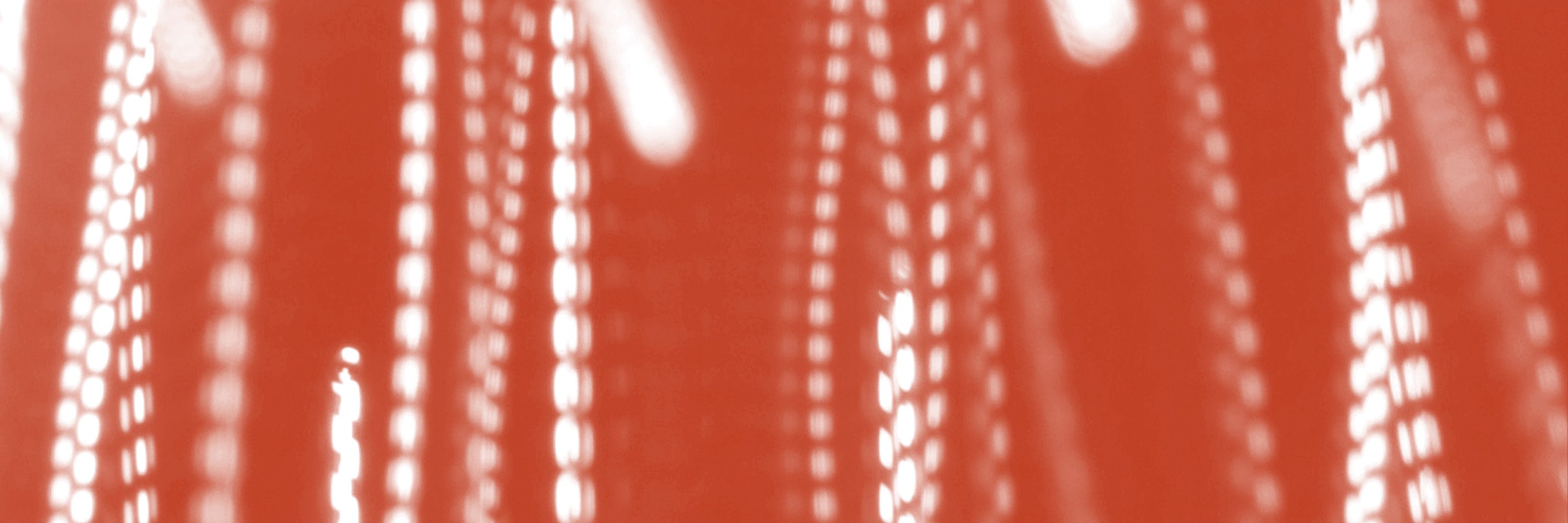- Review
Optical Diagnostics Applications to Laboratory Astrophysical Research
- Wei Sun,
- Dawei Yuan,
- Zhe Zhang,
- Jiayong Zhong and
- Gang Zhao
Laboratory astrophysics is an emerging interdisciplinary field bridging high-energy-density plasma physics and astrophysics. Optical diagnostic techniques offer high spatiotemporal resolution and the unique capability for simultaneous multi-field mea...

